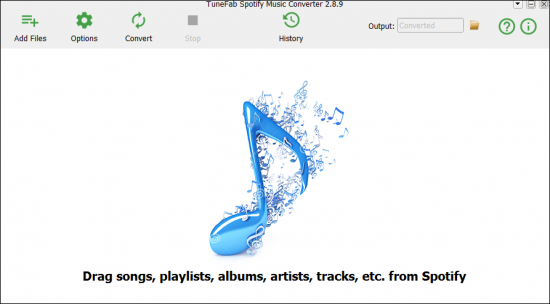

- #MIXBUS 32C CREATE FADE AT END OF SONG HOW TO#
- #MIXBUS 32C CREATE FADE AT END OF SONG PDF#
- #MIXBUS 32C CREATE FADE AT END OF SONG MANUAL#
Then play through the desired section to apply the setting. Now change the mode to Write, and locate to the new place. Locate the playhead while the parameter is in “play” to pick up the value you want to apply somewhere else. *Tip: “Write” automation is a quick way to copy settings from one place to another. The aggressiveness of thinning can be adjusted if necessary via menu Edit>Preferences>Misc. The points will appear very sparse if the control is moving slowly, and will be created very close together during fast moves. When automation is recorded in real time, the automation data points are “thinned” so that only enough control-points are created to adequately capture the moves. The automation continues to record until the transport stops. When the wheel is turned, it “touches” the parameter and begins recording the move. It works in “Latch” mode even if a different automation mode is selected. The mouse wheel has a slightly different automation mechanism. Operates like “Touch” mode except it will retain the last value of your moves when you release the mouse button. Then it will record your moves until you release the mouse button, at which point it will revert back to the saved value at that time point. The parameter will act like it is in Play, unless you “touch” it with the mouse (or a control surface that is touch-sensitive). You can move the control manually and your move will be written to the automation. During playback (only), the current value will be written to automation. When locating, the value will stay as it is (no playback of automation). Whenever you locate, the parameter will jump to the value that is recorded in the automation.
#MIXBUS 32C CREATE FADE AT END OF SONG MANUAL#
Here is a description of the modes: Manual You’ll find the Pan and bus sends under “ POST”. Under “Processor Automation” are EQ parameters, Compressor parameters, and plugin parameters. ( this button only affects the automation mode of the fader )Īdditional parameter automation can be accessed from the the track’s header: click the “A” button to view fader and mute automation. In the Mixer window below every fader, there is an automation button dedicated to that fader because this is a very commonly-automated control (circled in red, below). While the transport is rolling, the user moves a knob, and these moves are recorded. In Real-time automation the parameter is put into a “record” mode. This short video gives some examples of using this feature: This feature streamlines your display down to just the automation parameters you are adjusting when you have a lot of tracks, a lot of plugins and a lot of automated things.

If you don’t write any automation then the lane will be automatically hidden when you touch a new knob. If you ‘draw’ automation into the lane, then it will stay exposed. In this case, any time you touch any automatable parameter ( including those in plugins), it will automatically open its associated “automation lane” in the Edit window so that you can set or modify it.
#MIXBUS 32C CREATE FADE AT END OF SONG HOW TO#
The short video below demonstrates how to open an automation lane:Īlternatively, you may enable the menu item “Edit->Show Automation Lane On Touch” in the main menu. Many mixer parameters may be automated: fader, mute, pan, mix bus sends, eq, compressor, and plug-in settings. For example you might want to increase the volume of a delay effect during the “chorus” part of a song, or automate the master fader to make a smooth fade-out at the end of a track. ‘Automation’ is used to change the settings of a knob (or other control) as the playhead advances on the timeline. Appendix C: Videos (Training and Tutorial).AVL Drumkits: Black Pearl and Red Zeppelin.Presonus Faderport, Faderport8 and Faderport16.

#MIXBUS 32C CREATE FADE AT END OF SONG PDF#
About This Manual (online version and PDF download).


 0 kommentar(er)
0 kommentar(er)
